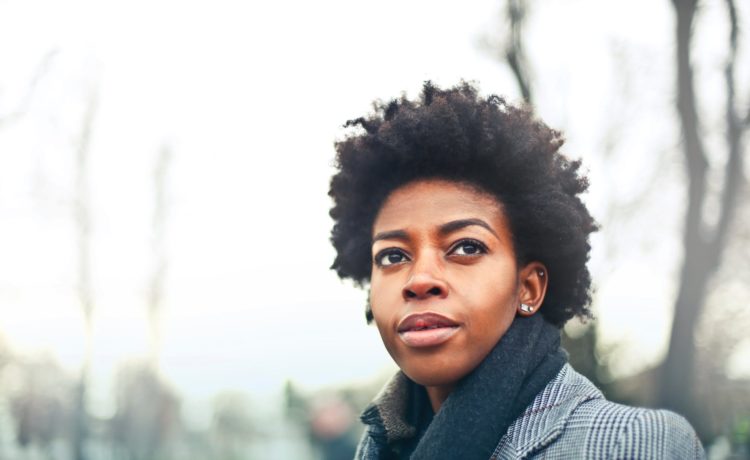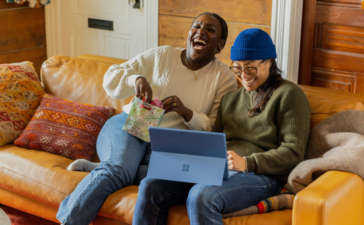Recently updated on September 8th, 2023 at 08:54 pm
To prevent the spread of coronavirus, people around the world are trading their handshakes, hugs, and hongi (a traditional noses-pressed Maori greeting) for lower-risk gestures such as foot bumps and air high-fives. The current COVID-19 crisis is influencing ways people connect, but for some cultures, no-contact greetings already exist and are the result of deeply rooted traditions rather than pandemic protocol.
Namaste from India to Nepal
The Sanskrit term translates to “bend or bow to you,” and so, Selvakumar says, “a person bows [the head] slightly when doing namaste to another person to signify ‘the Divine within me bows to the same Divine within you.’ It is considered to be a sign of respect and gratitude.”
Wai in Thailand
The standard greeting across Thailand, the wai, also involves a gentle bow of the head with one’s hands pressed together in front—evidence of the influence of Hinduism and Buddhism on Thai culture, past and present. The history of the wai also comes from the greeting to show that we are very open, we do not carry any kind of weapon, and we come in peace.
Bowing in Japan
The Japanese bow of today is not exactly the same as the one used then. White says it has “evolved into the modern bow, where people use this body language to greet each other.” And when you bow now, you can keep your feet planted on the ground. In the past, Japanese lived in homes where tatami mats were the norm and bows were made from a seated position.
Cup and clap in Zambia
Shaking hands is commonplace in Zambia. But you can also communicate without physical contact.
To say a simple hello, cup your hands together and clap a couple of times while saying “mulibwanji” (meaning “hello,” used any time of the day) or “mwakabwanji” (good morning).
If you’re meeting in-laws, you’ll need to take it a step further. While cupping your hands in the same way as the general hello, squat down low and clap in this position. Lowering your body while greeting conveys greater respect.
When you meet other elders, you can say hello by placing a hand on your chest and stomach and bending your legs slightly, almost in a curtsy.
Zambia is home to more than 70 ethnic groups, but these gestures are passed down through the generations and understood by all Zambians, from rural villagers to business people in cities.











